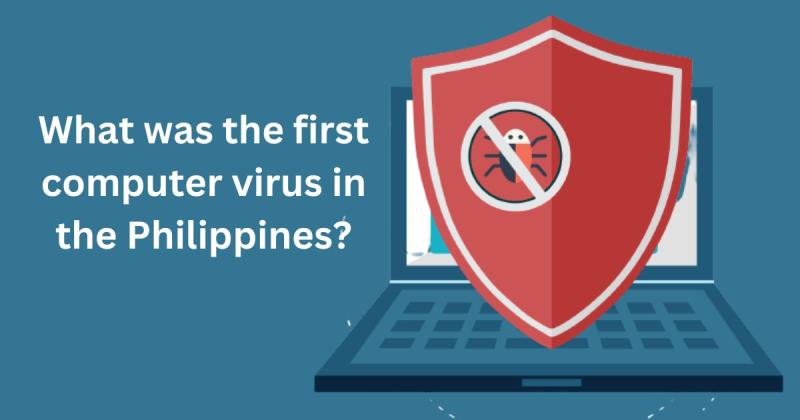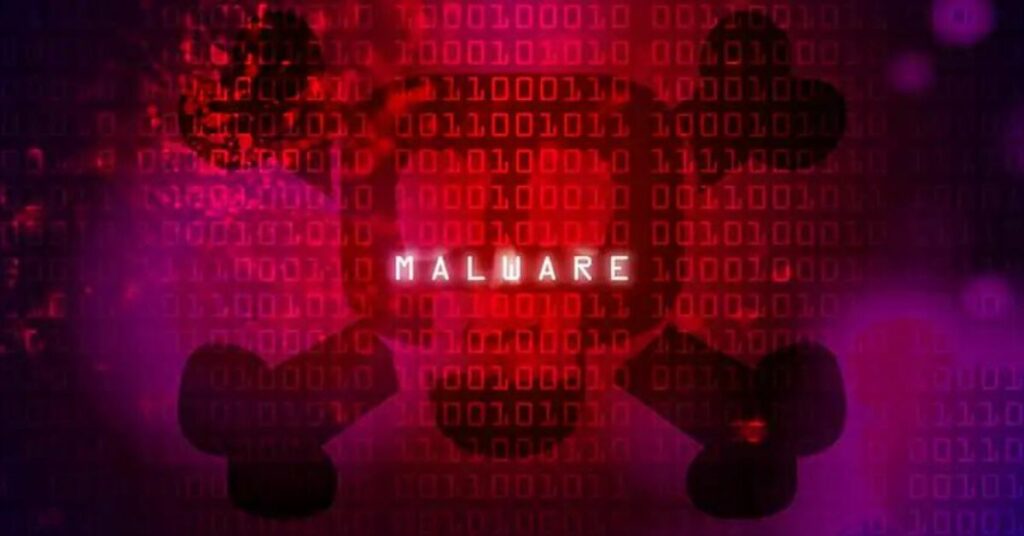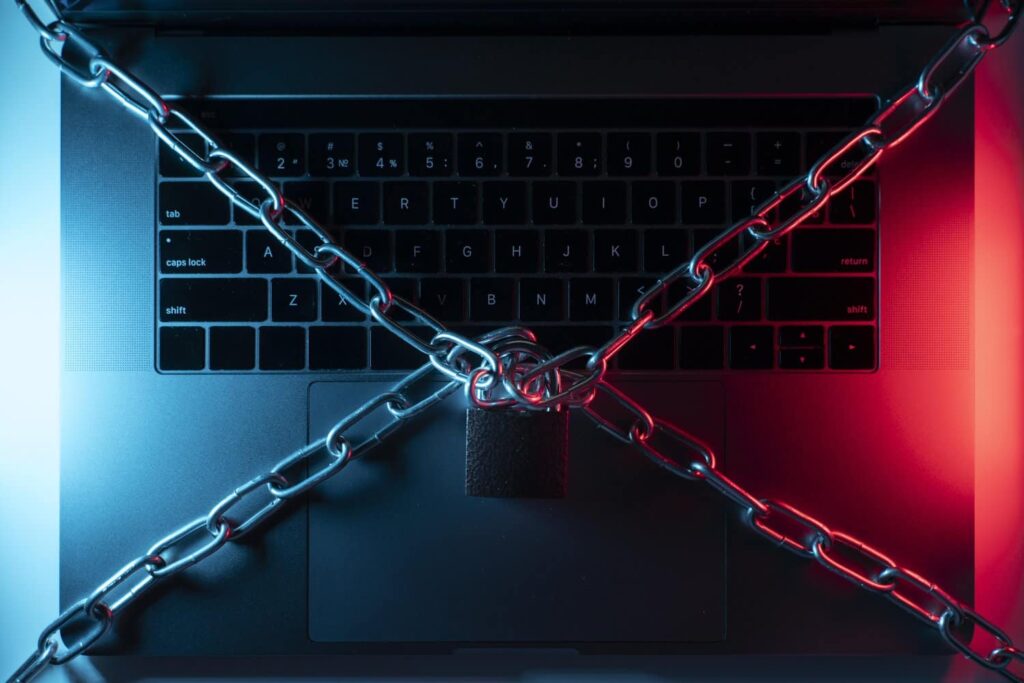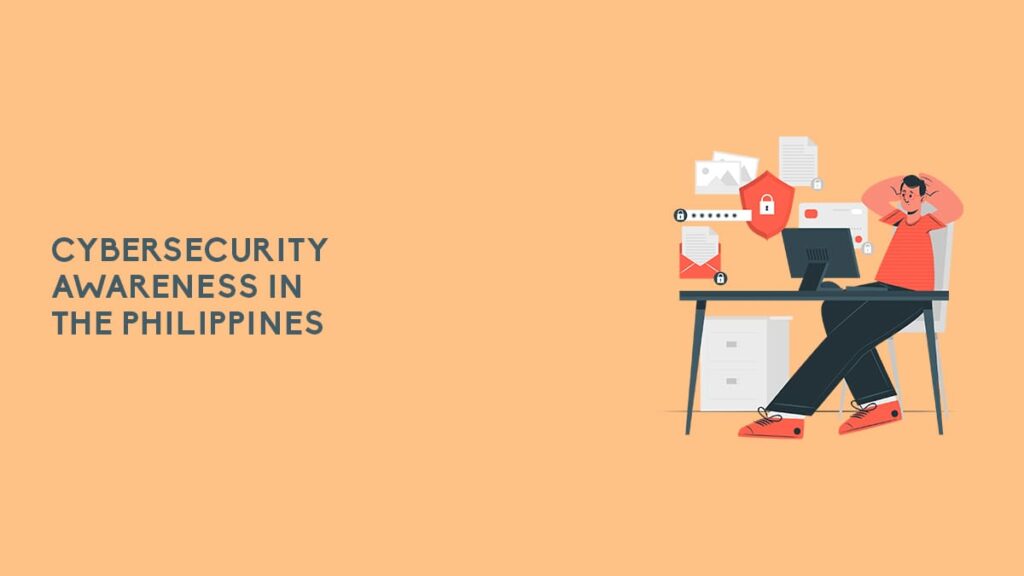First Computer Virus In The Philippines – Secure Your System!

In the early 1990s, our family computer encountered the “PILIPINO” virus, highlighting the importance of protecting against such digital threats.
The “PILIPINO” virus, the first in the Philippines, emerged in the early 1990s via infected floppy disks, marking a pivotal moment in the country’s digital landscape.
Join us as we explore the first computer virus in the Philippines, known as “PILIPINO,” which emerged in the early 1990s.
Table of Contents:
What Was the First Computer Virus in the Philippines? – Discover More!
The first computer virus in the Philippines was known as “PILIPINO.” It emerged during the early 1990s, a time when personal computing was starting to gain traction in the country.

Unlike modern-day viruses crafted for malicious purposes such as data theft or system disruption, PILIPINO appeared to be more of a digital prank or experiment.
It was not designed to cause significant harm to computers or compromise sensitive information.
PILIPINO spread primarily through infected floppy disks, which were commonly used at the time to transfer files between computers.
When a user inserted an infected disk into their computer, the virus would activate and attempt to spread to other disks and connected systems.
This method of transmission was common during the early days of computing, as the internet was not yet widely accessible, making physical media like floppy disks a popular means of sharing data.
While PILIPINO may not have had the devastating impact of modern-day viruses, its emergence marked an important milestone in the Philippines’ technological landscape. It highlighted the need for users to be vigilant about cybersecurity and adopt safe computing practices.
When Did It Appear? – Explore Further!
The first computer virus in the Philippines, called “PILIPINO,” appeared a long time ago, back in the early 1990s. This was a time when computers were not as common as they are today.

People were just starting to use computers for different tasks, like writing documents or playing simple games. It was during this time that someone created PILIPINO, marking the beginning of computer viruses in the Philippines.
In the early 1990s, many people in the Philippines were just getting used to using computers. They were starting to see how these machines could make life easier by helping with tasks like writing letters or keeping track of finances.
However, with the emergence of PILIPINO, people also started to realize that computers could be vulnerable to harmful programs like viruses.
PILIPINO spread quietly through the computers of unsuspecting users. It travelled from one computer to another through floppy disks, which were a common way to transfer files between computers back then.
When someone inserted an infected floppy disk into their computer, the virus would activate and try to spread to other disks and computers it could find. This way, PILIPINO quietly made its mark in the history of computing in the Philippines.
Why Was It Created? – Learn More!
The first computer virus in the Philippines, called “PILIPINO,” was created for different reasons. Some people believe it was made just as a prank or a joke, without any harmful intentions.

Imagine someone playing a practical joke by creating a funny computer program that unexpectedly popped up on people’s screens. That’s kind of what PILIPINO was like.
Another reason PILIPINO might have been created was out of curiosity. Back in the early days of computers, people were just starting to learn about what these machines could do.
Some people wanted to see if they could make a program that could spread from one computer to another, just to see if it could be done. It’s like a puzzle or a challenge for them to solve.
Unfortunately, because PILIPINO was a new kind of program, it spread quickly and caused some trouble for computer users.
Even though it wasn’t made to harm computers or steal information, it showed people that they needed to be careful with what they did on their computers.
This was a lesson for everyone about the importance of cybersecurity and being cautious when using new software or programs.
How Did It Spread? – Dive In!
The first computer virus in the Philippines, “PILIPINO,” spread in a sneaky way. It didn’t move through the internet like viruses do today.

Instead, it traveled from one computer to another using something called floppy disks. Back then, floppy disks were like small, portable hard drives that people used to transfer files between computers.
So, when someone had a computer infected with PILIPINO and saved a file on a floppy disk, the virus hitched a ride without them knowing.
When someone else used the infected floppy disk on their computer, the PILIPINO virus would wake up and start spreading to that computer too.
It’s a bit like a cold or flu virus spreading between people – but instead of sneezing or coughing, it’s happening through sharing files.
This is how PILIPINO quietly made its way from one computer to another, without anyone realizing what was happening until it was too late.
Because floppy disks were so commonly used for sharing files at the time, PILIPINO had an easy time spreading. It could jump from one computer to another as people shared disks with each other.
Impact of the first computer virus in the Philippines – Find Out!
1. Awareness and Vigilance:
The emergence of the first computer virus in the Philippines raised awareness among computer users about the potential dangers of cyber threats.

It prompted individuals and organizations to become more vigilant about cybersecurity practices.
2. Economic Disruption:
The virus caused economic disruption due to the loss of productivity and resources spent on cleaning and restoring infected systems. Businesses and government agencies had to allocate funds to mitigate the effects of the virus.
3. Loss of Data:
Many individuals and organizations experienced loss of data as a result of the virus. This loss could have significant consequences, including loss of important documents, financial records, and intellectual property.
4. Trust Issues:
The virus eroded trust in digital systems and technology among users. People became more cautious about sharing digital information and conducting transactions online, fearing potential security breaches.
Must Read: Mike Twist – Discover the untold story in 2024!
5. Cybersecurity Awareness Programs:
The incident prompted the development of cybersecurity awareness programs and initiatives in the Philippines.

These programs aimed to educate individuals and organizations about safe computing practices and the importance of cybersecurity measures.
6. Legal and Regulatory Responses:
The first computer virus in the Philippines spurred discussions on the need for stronger cybersecurity laws and regulations. It highlighted gaps in existing legislation and prompted policymakers to take action to enhance cybersecurity measures.
7. Technological Advancements:
The incident stimulated advancements in antivirus software and cybersecurity technologies. Developers worked to create more robust solutions to detect and prevent similar threats in the future.
8. International Attention:
The occurrence of the first computer virus in the Philippines garnered international attention, showcasing the global nature of cybersecurity threats.

It emphasized the need for international cooperation in combating cybercrime and protecting digital infrastructure.
Also Read: How To Screenshot On A Hp Notebook – Access Key Insights Efficiently!
FAQs:
1. What did PILIPINO do?
PILIPINO didn’t cause significant harm to computers. It was more of a digital prank that would display a message or change certain settings on infected computers.
2. How can I protect my computer from viruses like PILIPINO?
To protect your computer, make sure to use updated antivirus software, avoid inserting unknown floppy disks or USB drives into your computer, and be cautious when downloading files from the internet.
3. What were the effects of PILIPINO on infected computers?
PILIPINO’s impact on infected computers varied, with some displaying messages or altering system settings, rather than causing significant damage.
4. Is PILIPINO still a concern in today’s technological landscape?
No, PILIPINO is considered outdated and no longer poses a threat to contemporary computer systems. Nonetheless, its historical significance underscores the importance of maintaining robust cybersecurity measures.
Conclusion:
The appearance of the “PILIPINO” virus in the Philippines in the early 1990s was a big deal. It taught us to be careful with our computers and to protect them from viruses. Let’s stay smart and keep our digital world safe!
Read More:




